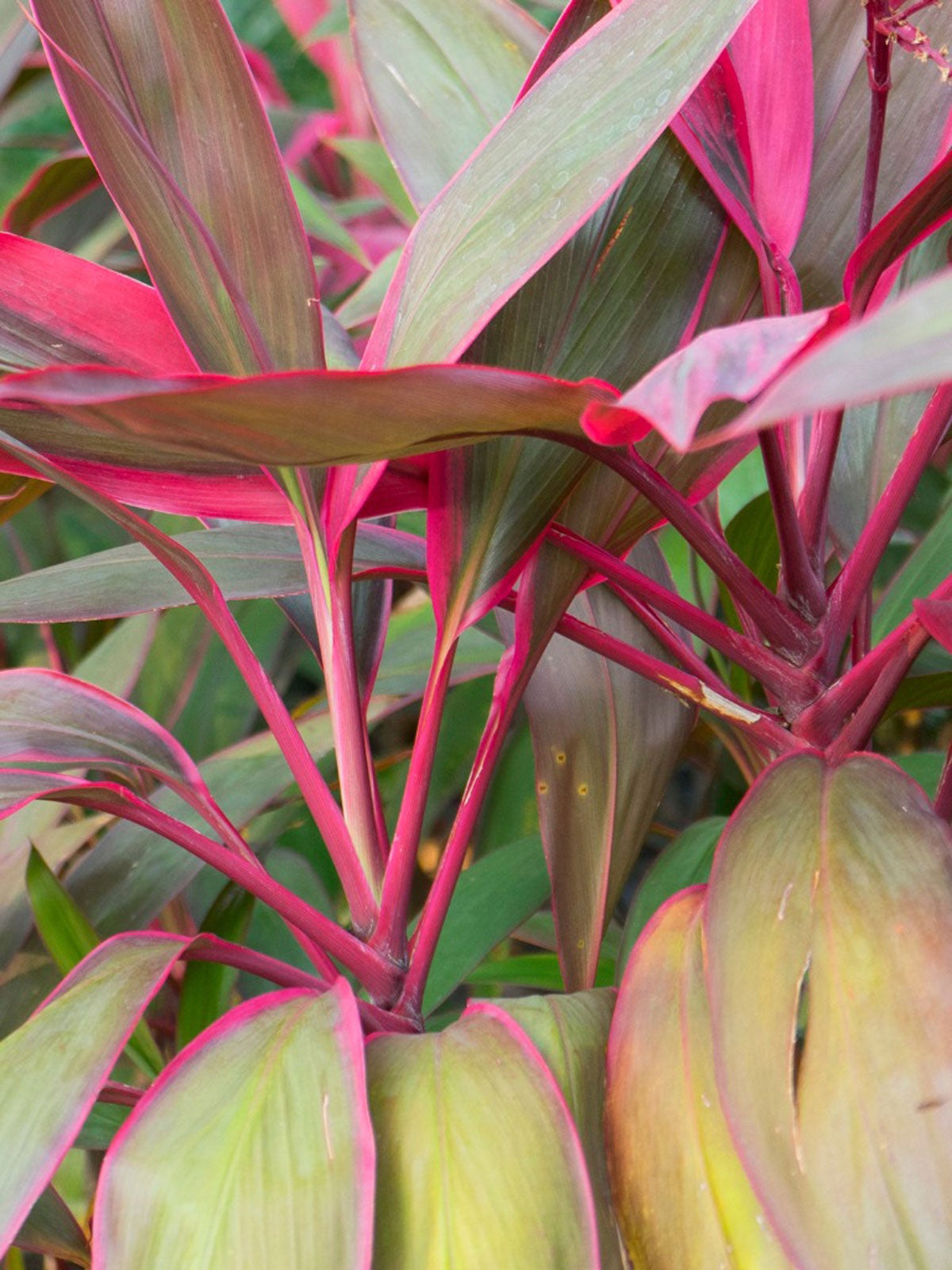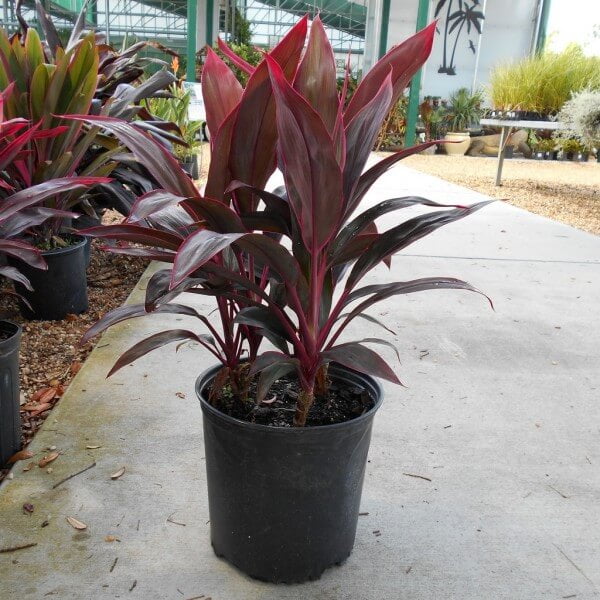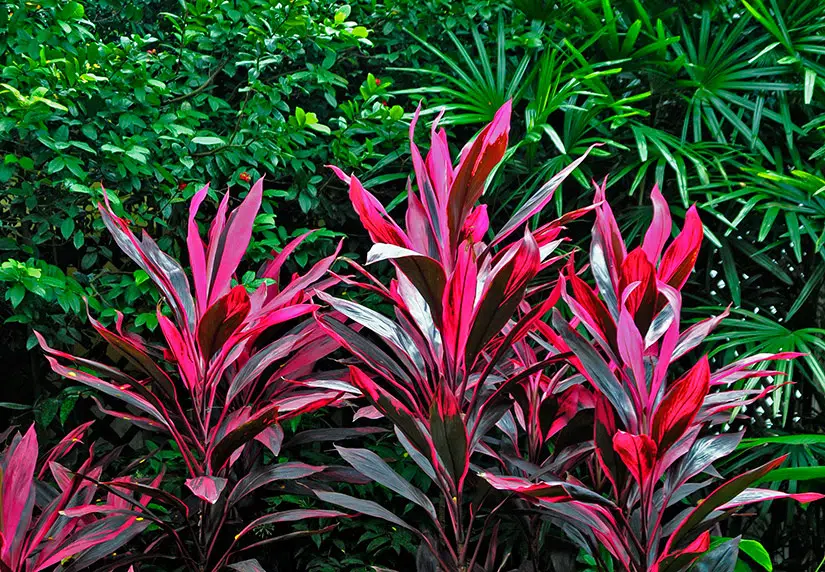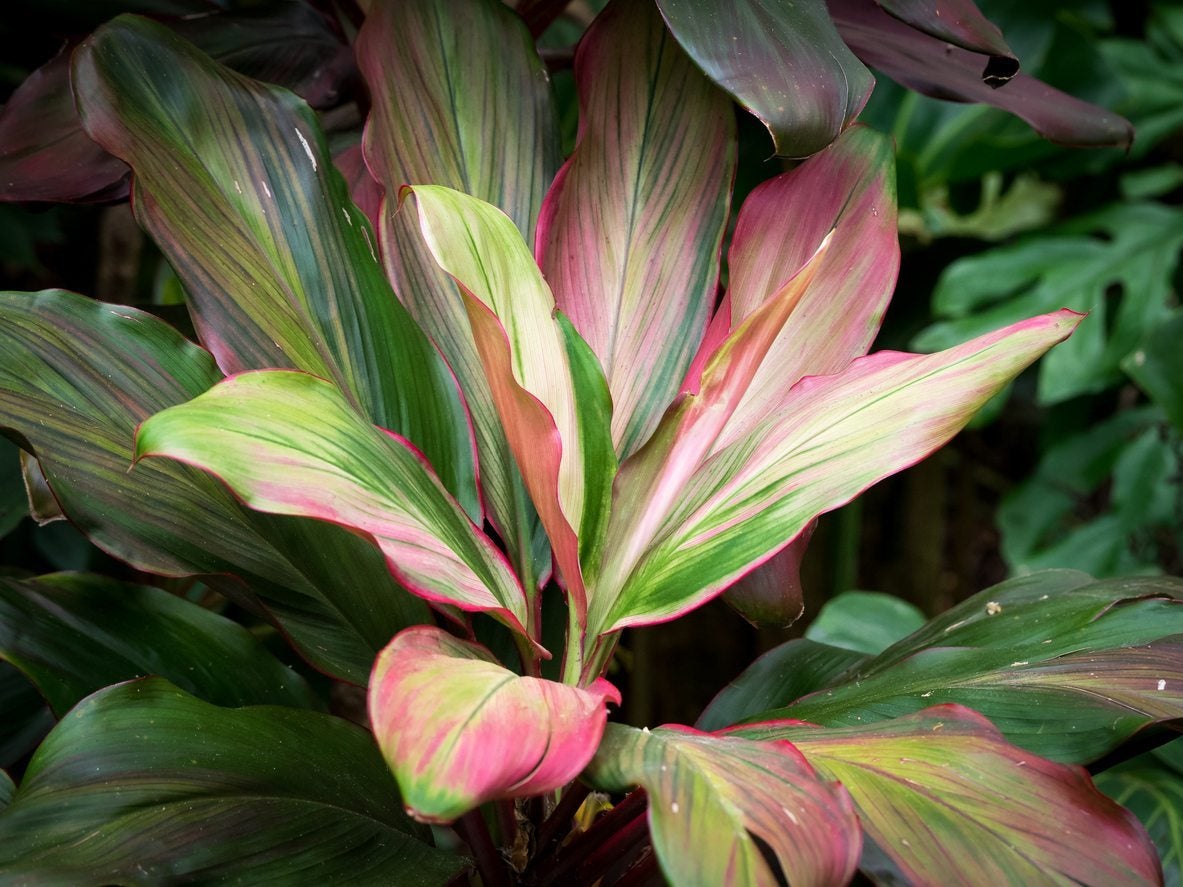ti plant care in winter
Adding organic matter such as peat moss or perlite. But you can also grow them in much colder and much hotter environments.

Care Tips For The Cordyline Plant Donna Joshi Youtube
10 C so be careful not to place them where they may.
:max_bytes(150000):strip_icc()/ti-plant-profile-507415904-78555a41abe34e4b9cd79b0acaf6e4ba.jpg)
. Soil pH should be 55 to 65. I am able to keep the Ti Plants from having severe frostfreeze damage by stringing the plants with twinkle lights and throwing a. It begins with brown leaf tips and will spread to the leaves.
It is a tropical plant so you could plant it in the ground but it would need to be dug up and moved indoors for the winter so I suggest leaving it. Avoid temperatures below 40 F. Ad Compare Prices Read Reviews.
This will lead to root rot. You can choose just about any type of soil even clay as long as there are drainage holes. Hawaiian Ti plants grow well in well-draining soil.
You need pruning shears or cutting tools used in gardening so we can trim it perfectly. Water whenever the topsoil starts to dry out. Other than the above they are a relatively care free plant.
Allow the water to sit out overnight before watering so the chlorine can evaporate or use distilled water. Ti plants prefer slightly acidic soil that is fertile and well-drained. Ti Plant Pruning Ti Plant Pruning.
Keep it between 65 and 85 degrees Fahrenheit. The Hawaiian ti plant has one critical special care note regarding water. Ti plants grow best in deep fertile moist acidic well drained soils that are high in organic matter.
Plant cuttings three-fourths of the stem length deep vertically to produce single-stemmed plants. Dont allow the temperature to drop below 60. I recommend you use rainwater if possible or use filtered tap water.
Place the plant on a tray filled with pebbles. Plant it in a sunny spot but partial shade is ok if its the best you got. They thrive when the temperature is between 65-80º F.
Chemicals in the water can cause yellowing spots on the leaves or even stunt the plants growth. Fluoride in tap water is toxic to these plants. Cordyline terminalis comes in a wide variety of colors or color combinations across 20 species and dozens of cultivars.
The Hawaiian Ti plants like to be grown in a slightly warm environment. Common pests of outdoor Ti plants include. Ti can be grown outdoors in full sun or under shadecloth.
Mist two or three times daily. Do not fertilize the plant over the winter. Crop timingWhen purchasing finished or pre-finished plants the crop is salable imme-.
Remember to cut down on watering during winter when the Ti plant slows down on its growth. Special Care Notes. All are propagated by cuttings or tissue culture.
Alternatively you can. The Ti Plants are marginally hardy in my Zone 8b garden with winter temperatures as low as about 28 F in NE Florida. Provide a warm humid environment free of drafts to help the ti plant bounce back quickly from pruning.
Maintain moisture in sandy or loamy soil avoid wet or hard clay and sites where there could be salt spray. After Pruning Ti plant Care. Keep it between 65 and 85 degrees Fahrenheit.
Maintain a high level of humidity around the ti plant. But as long as the freeze is short it should recover nicely. Ti plants can be cut right back to the ground if pests or disease have become a problem.
Collect the leaves upward and secure them together using a soft fabric. The lower pH of the soil will help it endure it. Provide a warm humid environment free of drafts to help the ti plant bounce back quickly from pruning.
These plants cannot tolerate temperatures below 50 F. Free Shipping on Qualified Orders. Hawaiian Ti plants can be sensitive to tap water.
In the west shading may be required to keep foliage from fading. This will protect the leaves from harsh winds and will also prevent water from sitting on the crown of the plant and rotting. Its not ideal to water the Green Ti Plant with tap water.
If planted in an area that is too shady or soggy roots and stems may rot snail and slug damage may occur and the plant will be susceptible to leaf spot. In areas prone to severe winters wrap the trunk with layers of fleece and place a 15cm 6in layer of mulch such as bark over the root area. If it does freeze a lot of the leaves will get burned and it will look like trash for a while.
You can also leave tap water to sit out before using it to water your plants. It is best grown in light to moderate shade 30004500 foot-candles. Ti plant Cordyline fruticosa needs a humid environment as well as they are able to grow.
Other than this a well draining potting soil will work best for potting or repotting your ti plant. Water the ti plant when the top of the soil feels slightly dry to the touch but never allow the soil to become bone dry. How often and how much you water depends on you and your schedule.
Growing the Hawaiian Ti plants in the cold areas is possible if you can keep them indoors to protect them from the extreme cold. The Hawaiian ti plant likes it humid so keep the earth moist not flooded and consider spritzing the leaves with water each day as well. You dont want the roots to sit in water.
How to Grow a Ti Plant. When potting up your ti plants it is best to avoid potting soils that contain perlite as some perlites can contain fluoride as well. Red Sister is one widely-available commercial variety whose name comes from its deep-pink burgundy-splashed foliage.
For Hawaiian Ti plants living outside it may be necessary to provide some winter care to help protect them from winter damage. During the winter water much less frequently since the plant is dormant and excess water will not be to its benefit. Hawaiian ti plant Cordyline fruticosa syn.
More Information on Ti Plants. Dont allow the temperature to drop below 60 degrees Fahrenheit. Care of outdoor Ti plants is as simple as regularly watering them applying a general purpose 20-10-20 fertilizer every three to four months and regular trimming of dead or diseased foliage.
Light levelPlants are pretty flexible in most cases 2000-5000 foot candles. Prevent winter damage by tying up the foliage to reduce wind damage to the leaves and prevent water collecting around growing points and so causing rotting. Peat-based potting soil works best for a Hawaiian Ti plant.
Provide humidity for the plant by placing a container of water near the cordyline and topping it off as the water evaporates.

Learn Cordyline Fruticosa Growing And Care Plantcaretoday

Ti Plant Leaves Turning Yellow Diagnosing A Ti Plant With Yellow Leaves

Hawaiian Ti Plant Cordyline Fruticosa Indoor House Plants

Adding Tropical Colors Hawaiian Ti Plant Cordyline Fruticosa Tropics Home

Hawaiian Ti Plant Cordyline Fruticosa Description And Care

Can You Grow Ti Plants Outside Tips For The Care Of Outdoor Ti Plants
:max_bytes(150000):strip_icc()/ti-plant-profile-507415903-edc18e651771422699b2a4e8c8fb1f25.jpg)
/ti-plant-profile-507415905-df99278762cf495387f91d3f98d0c928.jpg)